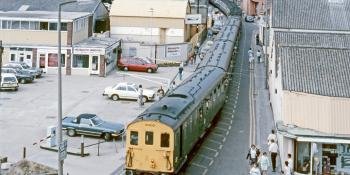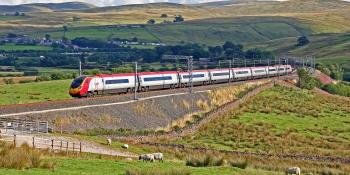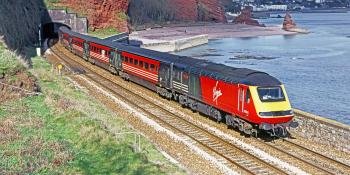Although greatly favoured by early railway builders, the deficiencies of cast iron as a material for building railway bridges meant that its period of predominance was relatively short. EVAN GREEN-HUGHES looks at the history of this material and finds out what there is still left to see.
Nobody should underestimate the challenges facing the designers and builders of the first railways. It was cutting edge and unproven technology that had to deal with greater forces than most engineers had seen before and the routes passed through and across some of nature’s most challenging features. This was particularly an issue where new routes crossed features such as valleys, where bridges had to be provided.
The most common solution was the use of the stone or brick viaduct, but such structures were very time-consuming to build and also, in the days of limited transport, relied on there being a ready source of building materials in the local area, which did not always exist.
Naturally railway designers looked to previously-constructed projects for inspiration, and many noted that canals had used structures made of cast iron in a way that would lend itself to railway construction. In fact, the use of cast iron stretched back as far as the…





